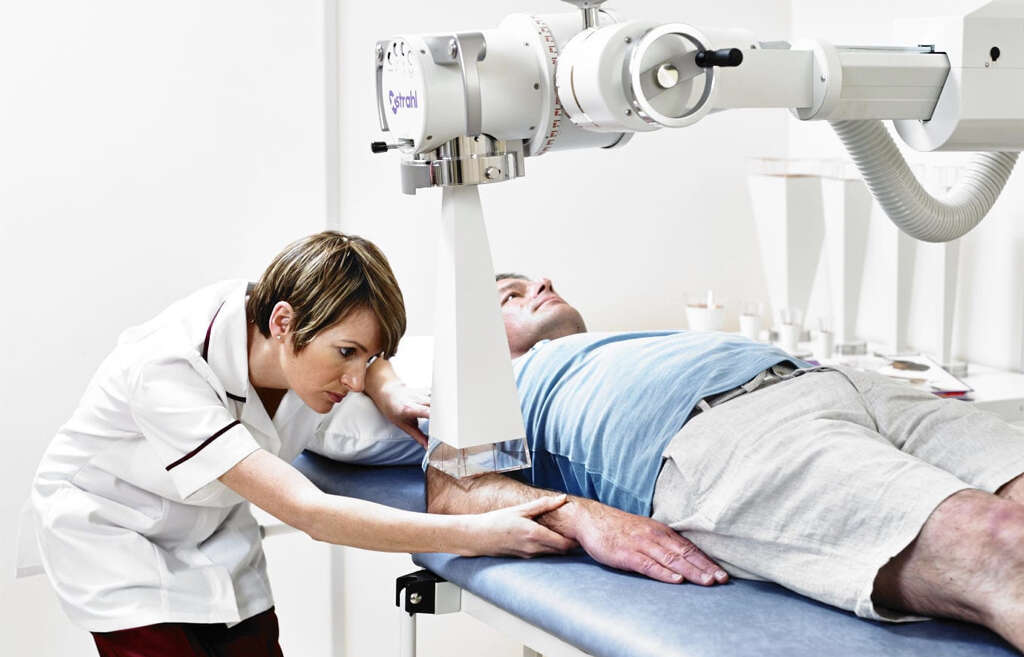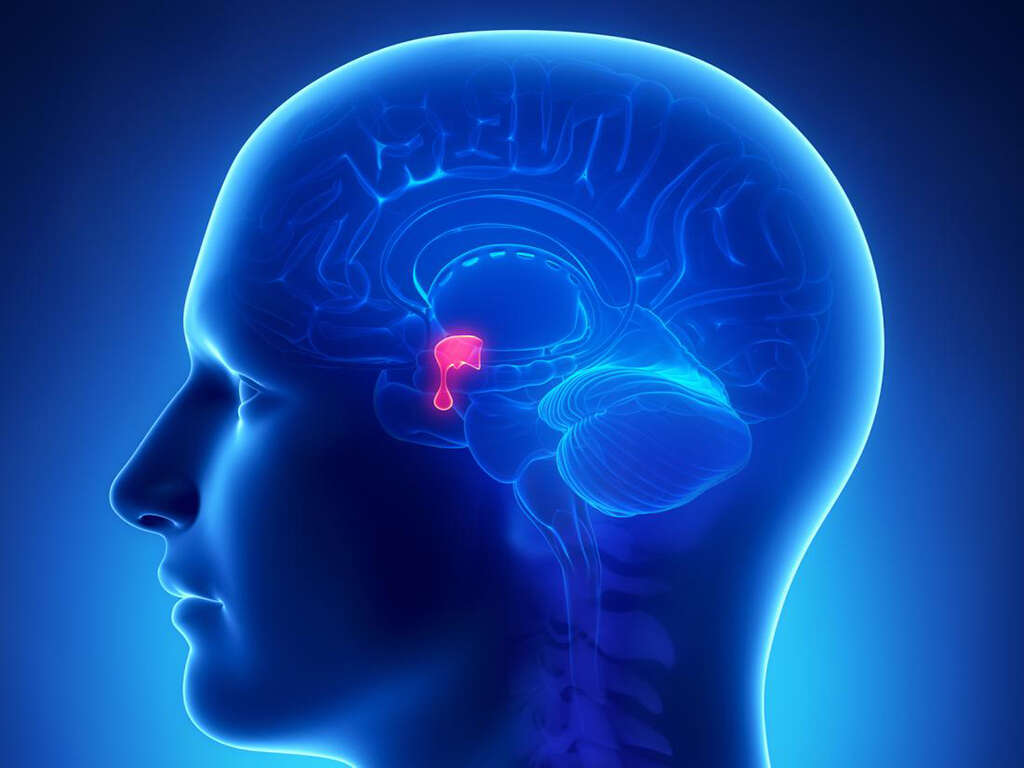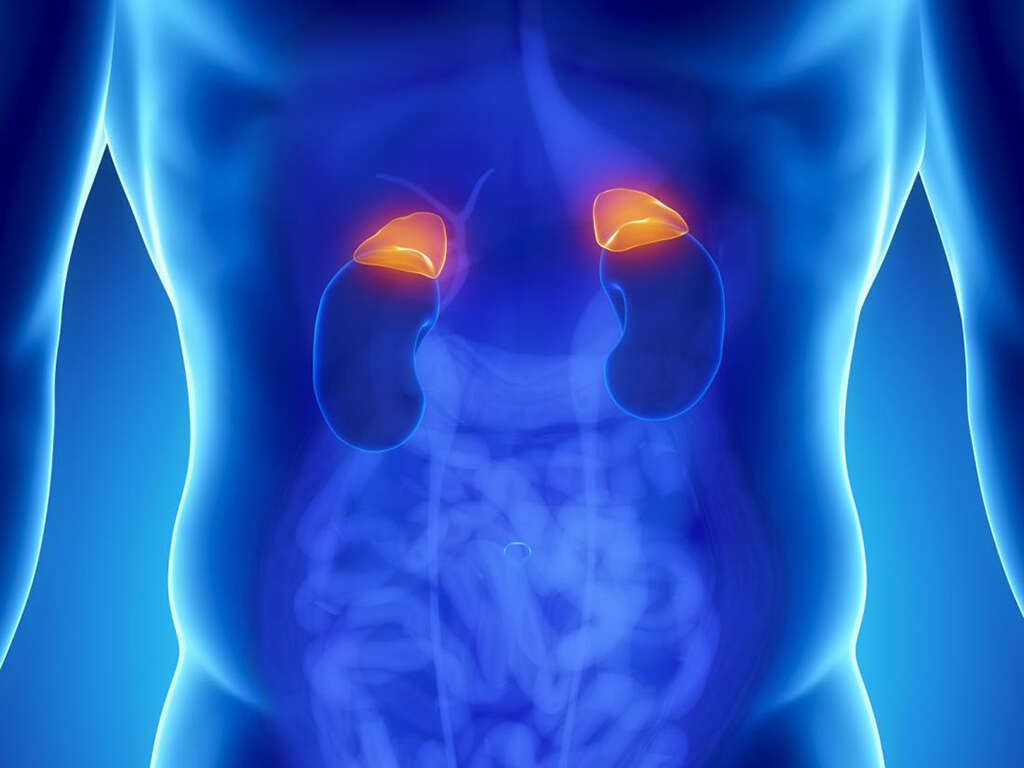What are Schwannomas?
Schwannomas, also called neuromas or neurilemomas, are tumors that affect the Schwann cells. These are cells that form a sheath around nerves to provide support and protection so that the nerves can function normally (i.e. conduct nervous impulses). Schwannomas are most common in people aged between 20 and 50 years. They can affect the cranial nerves, peripheral nervous system (nerve roots), but don’t affect the central nervous system comprising of the brain and the spinal cord.
The nerve connecting the inner ear to the brain is a common site for schwannomas, in which case the condition is known as acoustic neuroma or vestibular schwannoma. Most schwannomas are benign or non-cancerous. However, in a very small percentage of the isolated growths, malignant change can occur. These changes most commonly occur in patients with an underlying diagnosis of neurofibromatosis. Cancerous schwannomas are classified as soft tissue sarcomas. A sarcoma is a type of tumor that involves soft tissues (i.e. muscle, nerves, tendons, deep skin tissue).

1. Symptoms of Schwannomas
It takes quite some time before any symptoms of schwannomas can appear. Usually, there is an average of five years between the onset of symptoms and diagnosis. This is because, while schwannomas form around nerves, their effects only begin when they have grown large enough to put pressure on the nerves sheathed by the affected tissues. By this time, the tumors may be large enough to form visible bumps under the skin on the face, limbs, and the torso. The schwannomas may also cause pain, pins and needles sensations, numbness, and muscle pain in the body parts served by the affected nerves. Schwannomas commonly involve the spinal nerve roots, which means that they can mimic symptoms of a herniated disk of the spine. Lesions can also affect the sciatic nerve and cause low-back pain. Also, in the extremities, they can be asymptomatic or when there is pressure on the nerve, patients can experience mild pain and tingling or numbness in the area. Finally, if these lesions occur in specific compartments of the wrist or ankle, patients can present with carpal tunnel or tarsal tunnel syndrome. In contrast, acoustic neuromas can grow around the auditory vestibular nerve that connects the inner ear to the brain. Symptoms of such tumors include hearing loss, poor balance and coordination, and ringing in the ears (tinnitus).

2. Causes of Schwannomas
It is not clear what exactly causes schwannomas. However, people whose family has a history of the condition are more likely to get it. For this reason, schwannomas may have a genetic inclination. Some schwannomas may develop as a result of a spontaneous genetic mutation, with the absence of family history of the tumors.
Schwannomas may also develop as a result of exposure to radiation. Certain genetic disorders (i.e. Neurofibromatosis 2, schwannomatosis, and Carney complex) can cause schwannomas.

3. Noise and Cell Phones
Some studies suggest that long-term exposure to loud noise may lead to the development of schwannomas of the acoustic nerve. There are similar speculations associated with the use of smartphones.
However, several studies have determined that there is no significant increased risk of development of acoustic neuroma among regular users of cellular telephones.

4. Schwannomas and Chronic Disease
While schwannomas do not necessarily grow as a result of chronic diseases, they can be associated with a rare genetic disorder known as neurofibromatosis. Patients with Neurofibromatosis type 2 can develop a variety of tumors (i.e. schwannomas, meningiomas, gliomas, neurofibromas) of the central and peripheral nervous systems.
They can also develop unilateral or bilateral vestibular schwannomas. On the other hand, because of the slow nature of the growth of most schwannomas, and the similarity of their symptoms to other conditions, they may be the underlying problem for several other health issues. For instance, chronic sciatic pain may be the result of a schwannoma around the sciatic nerve.

5. Complications of Schwannomas
While a majority of schwannomas occur with no symptoms and others show symptoms without the need for treatment, complications can arise either due to the tumors or the treatment given. As mentioned before in this discussion, schwannomas are tumors that grow within the tissues that form a sheath around nerves.
As these tumors grow, they can exert pressure on the nerves, which can lead to alterations in the conduction of neuronal impulses. The resultant dysfunction can lead to complications of schwannomas, which include pain, numbness, sensations of pins and needles, muscle weakness, and hearing loss. These complications occur in the areas of the body served by the affected nerves. Specific complications depend on the location of the schwannomas and the parts of the body associated with the affected nerves. Thus, for instance, loss of hearing, ringing in the ears, facial weakness, and chronic headache are complications of schwannomas of the vestibular nerve; while sciatic pain is a complication of schwannomas of the sciatic nerve. Finally, surgical resection may be an option for treatment in some cases. The most common complication of this procedure is a type of nerve injury called neuropraxia, a transient conduction block of the motor or sensory function of a nerve that does not involve nerve degeneration.

6. Disease Process
Nerves are the pathways through which electric impulses move between the central nervous system comprising the brain and the spinal cord, and the various organs and parts of the body. In order for the nerves to function properly, they need support and insulation, which are provided by a sheath of tissues formed by a specialized type of cells called schwann cells.
Schwannomas form when some schwann cells grow uncontrollably to form tumors around a nerve. This type of tumor usually grows slowly and may be present without symptoms for a long time. However, as such a tumor grows larger it exerts pressure on the nerves around it, leading to the symptoms typical of schwannomas such as pain, pins and needles, and some degree of hearing loss if the schwannoma affects the nerve connecting the inner ear and the brain. The schwannoma may also form a visible lump on the skin.

7. Can Diet Benefit a Patient with Schwannoma?
Studies regarding the effects of specific diets in the development of schwannomas are inconclusive.
Furthermore, since the etiology of these tumors is usually unknown, it becomes challenging to identify specific lifestyle changes that patients can make in order to prevent or halt the growth of these tumors.

8. Diagnosis
Schwannomas can be difficult to diagnose because they don’t present with straightforward symptoms. In fact, the symptoms of schwannomas are similar to those of many other illnesses. Moreover, the tumors grow over some time without symptoms and the affected person may not even seek medical care.
When a patient with schwannoma visits a doctor, they may initially be offered treatment for other conditions with similar symptoms. However, a doctor who suspects that you have a schwannoma will order for either a CT scan, MRI, or ultrasonography. A biopsy may also be conducted. This involves cutting a small piece of the tumor tissue for examination under a microscope. In the case of suspected auditory nerve schwannoma, imaging studies are fundamental. Patients with acoustic neuroma can also undergo balance and auditory tests.

9. Treatment
Treatment for schwannomas depends on whether the tumor is benign or not. Another important factor to consider in determining the type of treatment to administer is the site of the schwannomas. Because treatment can have serious side effects, doctors tend to keep patients under observation for some time before deciding on the best type of treatment.
Besides, some schwannomas may stop growing and therefore require no treatment. Discussing different options of treatment with your doctor can help you understand the best approach. Surgical removal of the tumors is the most common treatment offered to patients with schwannomas. Chemotherapy and radiation therapy may also be used for malignant schwannomas.

10. Long-Term Outlook
The long-term outlook for schwannomas depends on the type of tumor, its location, and the parts of the body served by the affected nerve. If, for instance, the schwannoma is malignant, the outlook will depend on several factors including the clinical stage of diagnosis and treatment.
In most cases, however, the prognosis of schwannomas is positive because the tumors rarely grow large enough to be noticed. In these cases, people will go on with their lives without knowing that they have this condition. When such tumors are diagnosed, doctors may prefer to monitor them without any form of treatment. In cases such as acoustic schwannomas or where the tumors cause muscle atrophy, without adequate treatment, the damage can be permanent leading to hearing loss or muscle weakness.












